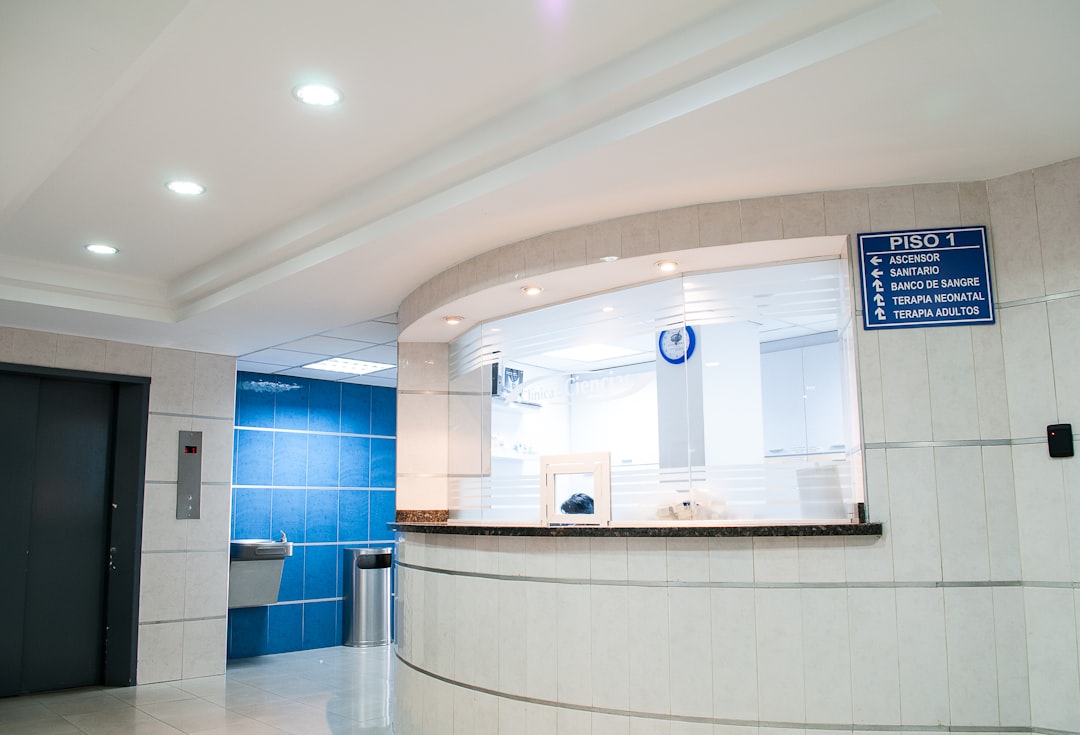Today, the electronics industry relies heavily on printed circuit boards (PCBs) to produce electronic devices. However, a low-quality PCB will likely cause an electronic device to malfunction eventually. This is where PCB inspection comes in handy. Simply put, PCB inspection can mean the difference between a high-quality final product and a low-quality final product prone to failure. Here is a look at three popular PCB inspection techniques.
Visual/Manual Inspection
As the name suggests, visual inspection entails inspecting PCBs with the naked eye to look for defects, if any. While visual inspection is often the go-to inspection technique for many electronic device manufacturers, it is largely inaccurate and unreliable because of the limitations associated with the human eye. For instance, it is virtually impossible to see defects in a copper pad and solder paste deposition with the naked eye. On the other hand, however, visual inspection generally tends to be reliable at reflow joints. In general, visual inspectors use a prism and then analyze the reflected light with different perspective.
Automated Optical Inspection (AOI)
This is arguably the most comprehensive and most popular inspection technique for identifying defects in printed circuit boards. To perform automated optical inspection, you have to set up an AOI system consisting of multiple cameras, programmable LED libraries, and light sources. Using the multiple cameras, the AOI system takes multiple photos of solder joints at various angles. To identify defects on PCBs, the system compares these photos with photos of perfect PCBs. Besides common defects such as nodes, scratches, and stains, an AOI system can detect other less obvious defects such as skewed, incorrect, and missing components. With the ability to inspect up to 50 joints per second, an AOI system can reduce the time it takes to identify and correct defects. AOI systems have become increasingly popular in recent years, thanks to the introduction of 3D AOI.
Automated X-Ray Inspection (AXI)
With the growing popularity of miniature devices, compact-sized circuit boards have seen a surge in demand. Because of their small size and complexity, it is virtually impossible to inspect compact-sized circuit boards with the naked eye. This is where automated X-Ray inspection (AXI) comes in handy. More precisely, AXI has the ability to penetrate deep inside a solder joints as well as tightly packed chipsets, allowing you to see identify defects, if any.
Conclusion
The most popular types of PCB inspection include automated X-Ray inspection, automated optical inspection, and visual inspection.









